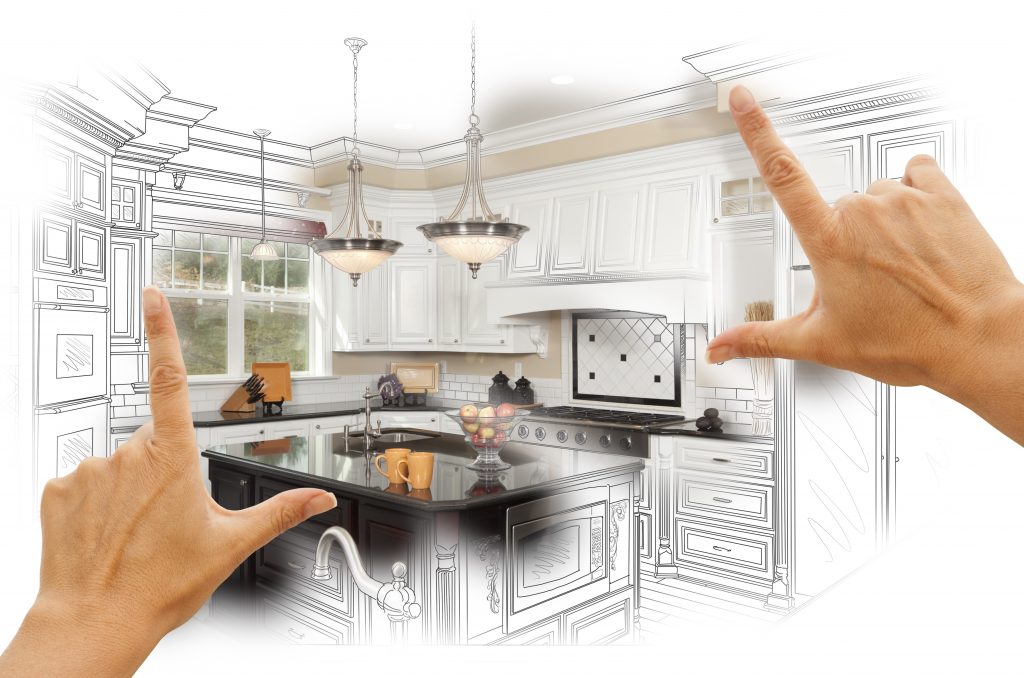Garage door cables play a vital role in making sure your garage door operates safely and efficiently. They store mechanical energy from the springs and transfer it to help lift your door when you operate the opener or manually pull the ropes. When they break, you will notice the door starts to sag or become unbalanced.
Replacing broken or worn-out garage door cables is a relatively straightforward process that can be completed by most homeowners. However, there are a few things to keep in mind when attempting this project. First, it’s important to understand the risks involved and how much time and effort will be required. If you’re not confident in your ability to complete this task safely and correctly, it might be best to consult a local professional service like Gator Garage Door Repair.
A garage door is a heavy structure that can cause serious injury and damage to property if it falls on someone. It is therefore essential to perform regular maintenance on your door and its components to ensure they’re working properly. Inspecting for signs of wear and tear, lubricating moving parts, and keeping springs properly tensioned can all help to prevent unexpected cable problems in the future.
Garage doors are designed to last for up to 15 years before they require repair or replacement. If you’re finding yourself calling for repairs on your garage door cable repair cost regularly, it might be a good idea to consider upgrading to a newer model that will provide greater longevity and durability.
Inspecting your garage door for signs of wear and tear on a regular basis can help to prevent the need for repairs or replacements. Some common signs of worn-out or broken garage door cables include frayed wires, separated wires (where individual strands have come undone from the main cable), and oxidation on the metal.
To check the status of your garage door cables, start by opening your garage door as far as it will go and positioning a step ladder underneath it. Use locking pliers or C-clamps to secure the ladder to the track at either end. Next, locate the winding drum on the left or right side of your garage door. There should be a notch in the drum where the end of the cable rests when it is not being used. Look for the end of the cable with no loop in it and loosen the set screw or bolt that holds it to the drum.
Once the cable has been removed from the drum, loosen the set screw or bolt holding it to the torsion spring and then remove the spring. Continue this process with the remaining springs until all of them have been disconnected from the cable drum.
Once the old cables have been removed and the new ones have been installed, you’ll need to re-tighten the set screws or bolts on each of the torsion springs and attach them to the cable drum. After doing this, your garage door should be ready to be operated once again!

